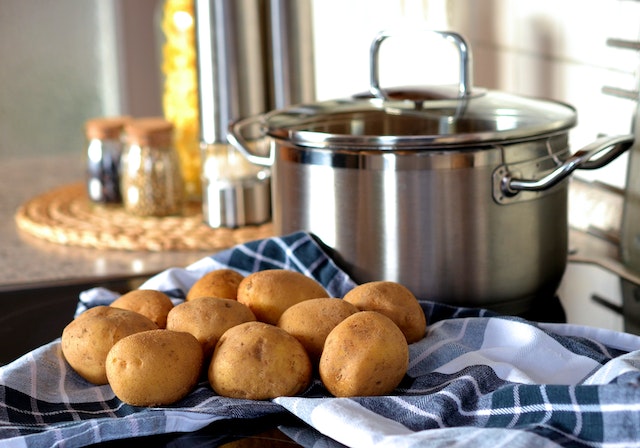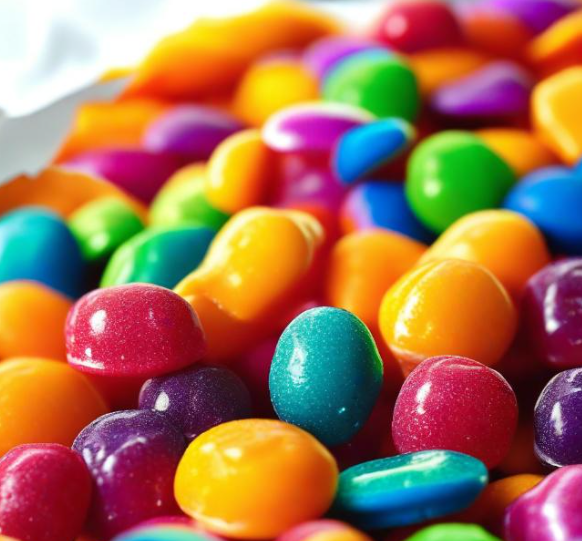Boiling potatoes might seem like a straightforward task, but achieving that perfect level of tenderness can sometimes be a culinary challenge. Whether you’re aiming to whip up creamy mashed potatoes, create a delectable potato salad, or prepare a simple yet satisfying side dish, nailing the right boiling time is crucial. In this guide, we’ll delve into the art of boiling potatoes to perfection.
How Long Should You Boil Potatoes?
The ideal boiling time for potatoes depends on various factors, including the type of potato, the intended dish, and personal preferences. Here’s a breakdown to help you achieve potato perfection:
- Type of Potato: Different types of potatoes have varying starch content, affecting their cooking time. Russet potatoes are high in starch and great for mashing, while waxy potatoes like red or Yukon Gold hold their shape better and are ideal for salads. High-starch potatoes generally require a longer boiling time.
- Size and Cut: Smaller potatoes will naturally cook faster than larger ones. If you’re using larger potatoes, consider cutting them into smaller, uniform pieces to ensure even cooking.
- Desired Dish: The dish you’re preparing dictates the texture you’re aiming for. For mashed potatoes, you want them tender enough to mash easily, which usually takes around 15-20 minutes. If you’re making potato salad, you’ll want slightly firmer potatoes that hold their shape, typically boiling for about 10-15 minutes.
Step-by-Step Guide to Perfectly Boiled Potatoes:
- Preparation: Start by washing the potatoes thoroughly to remove dirt. You can peel them if desired, although leaving the skins on adds flavor and nutrients.
- Cutting: If your potatoes are large, consider cutting them into evenly-sized pieces. This ensures they cook uniformly.
- Boiling: Place the potatoes in a pot and add enough cold water to cover them by about an inch. Add a pinch of salt to enhance the flavor. Bring the water to a boil over medium-high heat.
- Testing for Doneness: Insert a fork or knife into a potato piece to check for tenderness. They should be easily pierced without falling apart. Be cautious not to overcook, as this can lead to a mushy texture.
- Draining: Once the potatoes are cooked to your desired level of tenderness, drain them using a colander.
- Cooling: If you’re using the potatoes for a salad, rinse them with cold water to stop the cooking process and cool them down quickly.
Top Tips for Boiling Potatoes Like a Pro:
- Start Cold: Always start with cold water to ensure even cooking from the center out.
- Uniform Size: Cutting the potatoes into uniform pieces promotes consistent cooking.
- Salt the Water: Adding salt to the boiling water enhances the potatoes’ flavor.
- Check for Doneness: Test for doneness by inserting a fork or knife. The potatoes should offer slight resistance.
- Avoid Overcooking: Keep a close eye on the cooking process to prevent overcooking, which results in mushy potatoes.
In conclusion, achieving the perfect boil for your potatoes requires attention to detail and a clear understanding of your desired outcome. By considering the type of potato, cut, and intended dish, you’ll be well on your way to mastering this fundamental cooking technique. So whether you’re aiming for fluffy mashed potatoes or a delightful potato salad, follow these guidelines to elevate your culinary creations to new heights.











